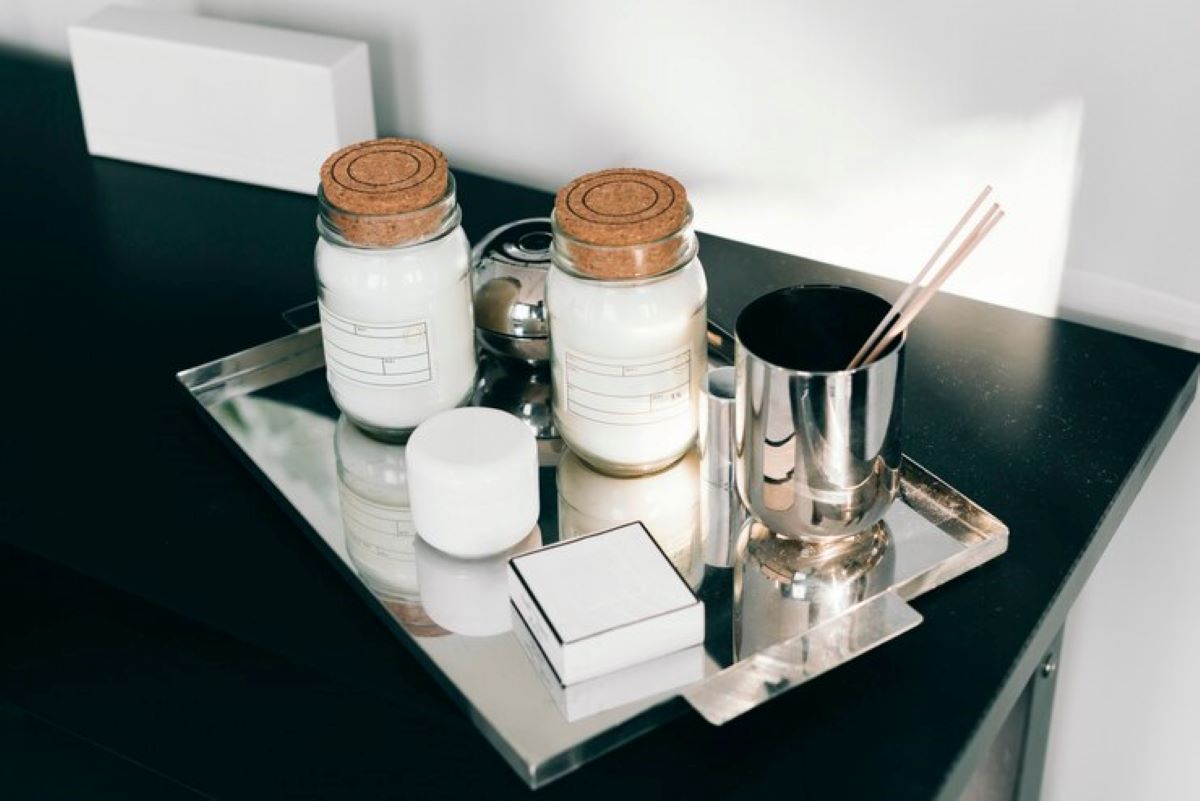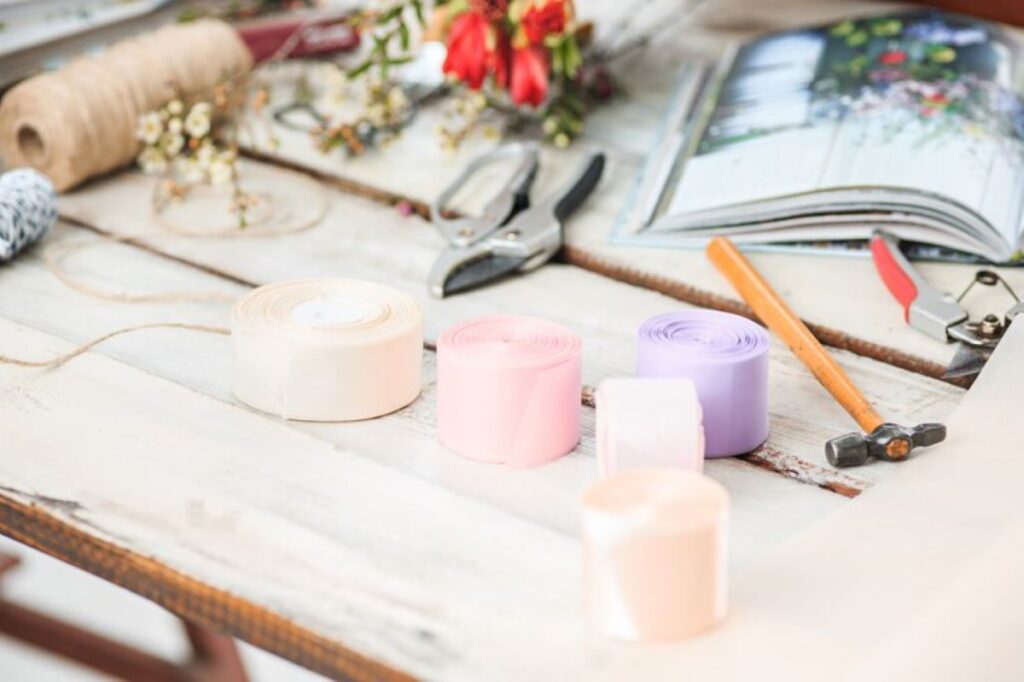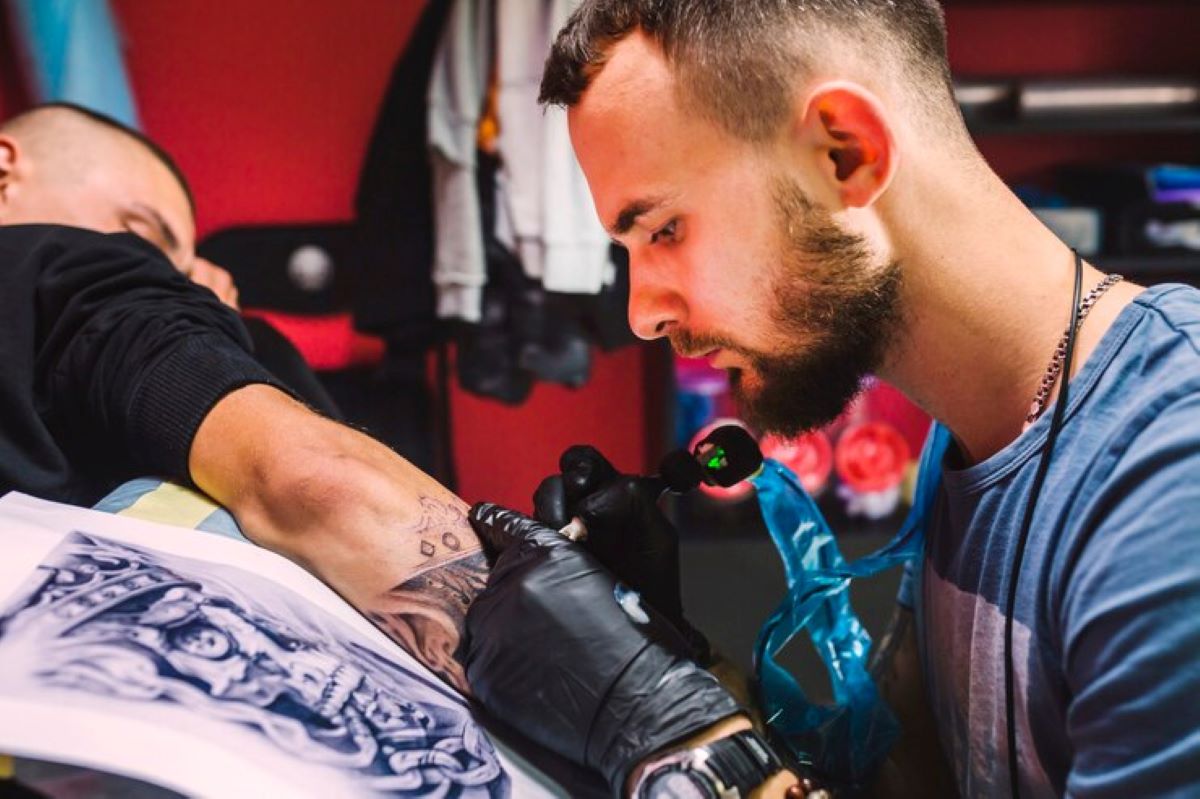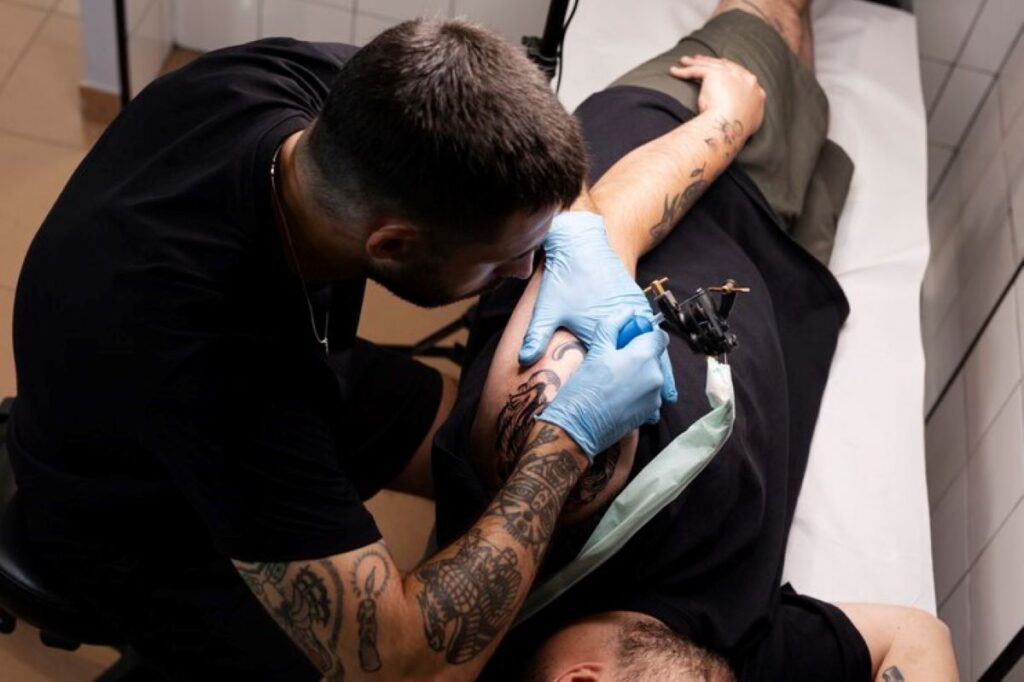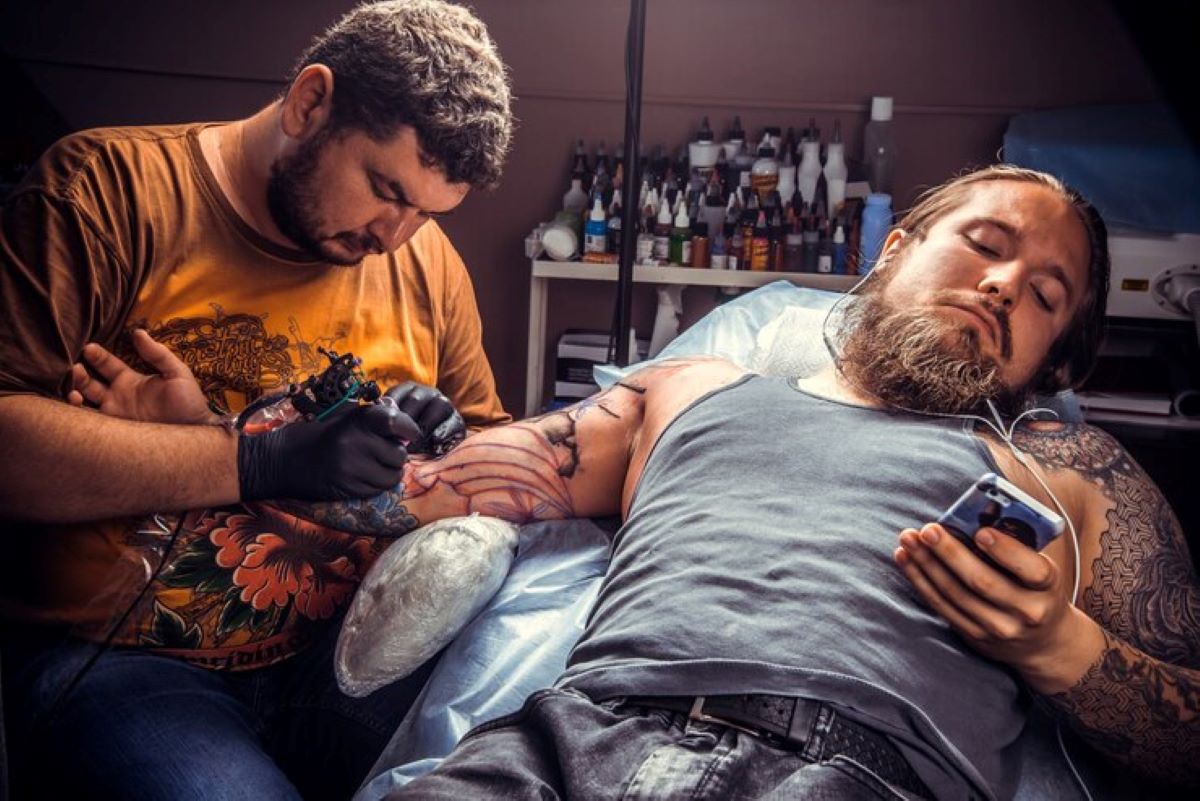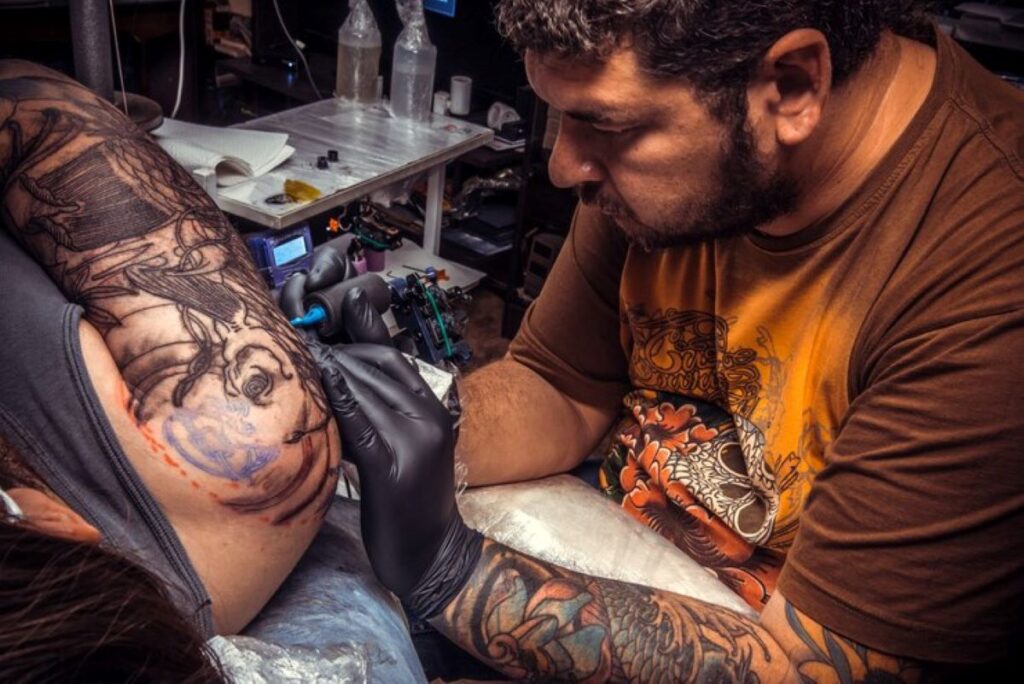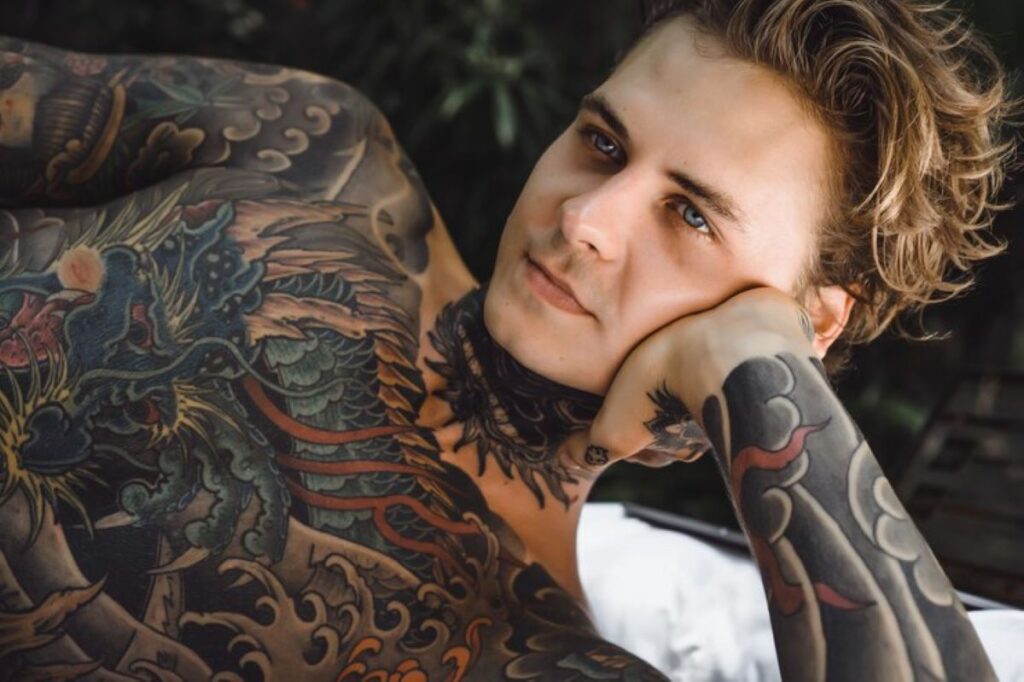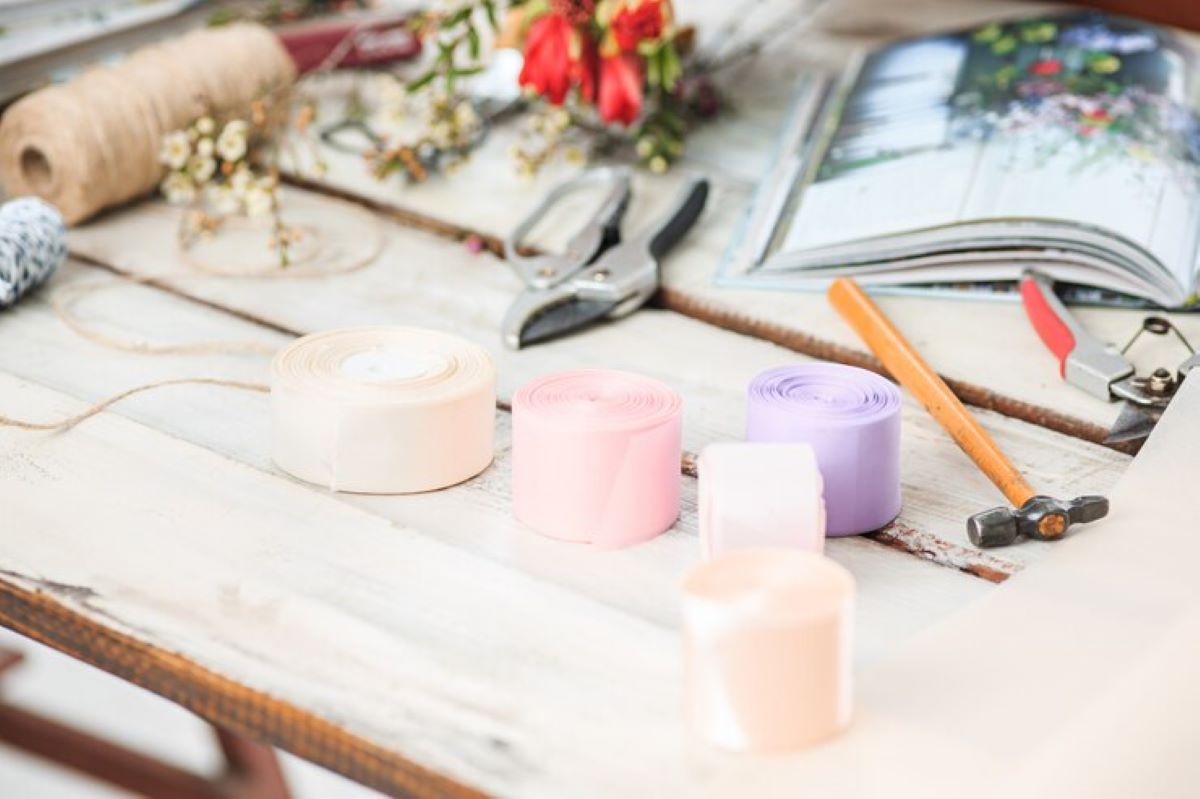If you’ve ever been captivated by the warm glow of candles or the soothing aroma they emit, you might find joy in creating your own. Candle making is a rewarding hobby that allows you to craft unique creations for your home or as gifts. With a candle making starter kit, you can dive into this artistic venture without feeling overwhelmed. In this guide, we’ll cover everything from the fundamentals to troubleshooting common issues, ensuring you’re well on your way to becoming a confident candle maker.
Understanding the basics of candle making
Candle making is not just about melting wax and pouring it into moulds; it’s an intricate blend of art and science. The process involves selecting the right wax, wick, and scent to achieve the desired outcome. Knowing the basics can make a significant difference in your final product.
The art and science of candle making
At its core, candle making starter kit is both an art and a science. The art lies in your ability to combine colours, scents, and designs to make something beautiful. Meanwhile, the science involves understanding the properties of wax and how it reacts when heated. Proper temperature control, wick selection, and fragrance balancing are crucial for creating a successful candle. The interplay between these elements can lead to a wide array of results, from a beautifully swirled multi-coloured candle to a simple, elegant single hue. Each choice you make can affect not only the aesthetic appeal but also the burn quality and scent throw of the candle.
Essential tools in your candle making starter kit
Your starter kit typically includes the essential tools for getting started. At a minimum, you’ll need:
- Wax: Can be paraffin, soy, or beeswax.
- Wicks: They come in various sizes and materials depending on the type of candle.
- Fragrance oils: To add delightful scents to your creations.
- Dye: For adding colour to your candles, if desired.
- Containers or moulds: Where your melted wax will eventually set.
- Double boiler: Essential for safely melting the wax.
- Thermometer: To monitor wax temperature.
Familiarising yourself with these tools will help you feel more in control as you begin your candle-making journey. Additionally, investing in a good quality pouring pitcher can greatly enhance your pouring technique, allowing for more precision and less mess. As you progress, you may also wish to explore advanced tools such as a wick holder to ensure your wick remains centred while the wax cools, or a scale for measuring wax and fragrance accurately. Each of these tools contributes to the overall quality of your candles, making the process not only easier but also more enjoyable.
Moreover, understanding the different types of wax can significantly influence your candle-making experience. Soy wax, for instance, is a popular choice for those seeking a more eco-friendly option, as it is renewable and burns cleaner than paraffin. Beeswax, on the other hand, is known for its natural honey scent and air-purifying properties, making it a favourite among those who prefer a more organic approach. Each type of wax has its unique characteristics, such as burn time and scent throw, which can affect your final product, so it’s worth experimenting with different varieties to find the one that best suits your needs.
Preparing your workspace for candle making
Before diving into your first candle, it’s essential to set up an efficient workspace. A clean, well-organised area helps you focus and can make the process much easier and more enjoyable.
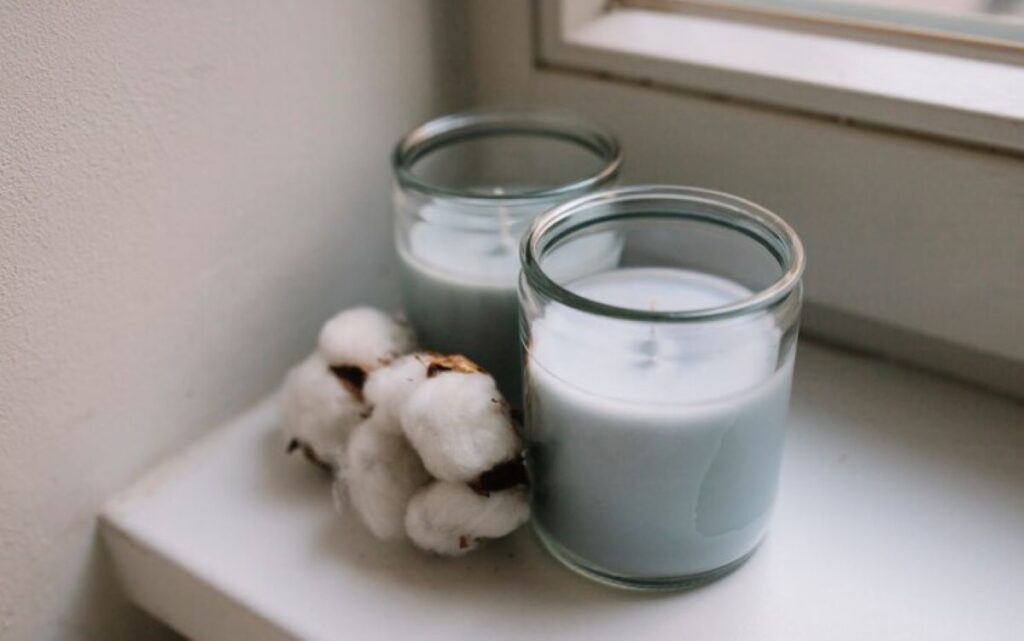
Safety measures to consider
Candle making can be fun, but it’s crucial to prioritise safety. Here are a few safety measures to keep in mind:
- Always work in a well-ventilated area.
- Wear heat-resistant gloves to protect your hands while handling hot wax.
- Keep a fire extinguisher nearby, just in case.
- Never leave melting wax unattended.
By taking these precautions, you’ll ensure a safe and enjoyable candle making experience.
Organising your tools and materials
Getting your tools and materials in order can save you time and hassle. Keeping similar items together and within easy reach will allow for a smoother process. It’s beneficial to lay everything out before starting. Consider making a checklist of essential tools so you won’t forget anything.
Step-by-step guide to using your candle making starter kit
Now that you’re all set up, let’s walk you through the process of creating your first candle.
Melting the wax: a beginner’s guide
Begin by measuring out the amount of wax you need based on the size of your container. Use a double boiler to melt the wax gently, stirring occasionally. Ensure the wax reaches the appropriate temperature, typically between 70-80°C, for optimal results.
Adding fragrance and colour to your candles
Once the wax has melted, it’s time to add colour and fragrance. Generally, you should add fragrance oils when the wax temperature is around 60°C. Stir well to ensure an even distribution. If you’re adding dye, use it sparingly—start with a small amount and increase until you achieve your desired shade.
Setting and cooling your homemade candles
Pour the scented wax into your prepared container, being cautious not to spill. Insert the wick, ensuring it’s centred. Allow the candle to cool at room temperature; this may take a few hours. Avoid moving the candle during this phase to prevent imperfections.
Troubleshooting common candle making issues
Even with careful planning, you may encounter challenges when making candles. Don’t be discouraged; troubleshooting is a valuable part of the learning process.
Dealing with uneven candles
If your candles turn out uneven or have unsightly bumps, it may be due to temperature fluctuations during cooling or the type of wax used. Ensure a consistent cooling environment and consider trying different waxes for better results next time.
Solving issues with wick placement
A common issue is wicks that are either too short or too long, impacting burn quality. To prevent this, always measure carefully and select the appropriate wick size for your candle’s diameter. Make adjustments as necessary until you find the right balance.

Tips for creative candle making
Now that you’ve mastered the basics, here are some tips to help you elevate your candle making.
Experimenting with different candle shapes
Don’t be afraid to step outside the box. Try using different moulds or containers, such as jars, tin cans, or silicone moulds. Shaping candles into various forms can add a unique flair to your creations, making them perfect for gifts or décor.
Mixing and matching fragrances for unique scents
One of the most enjoyable aspects of candle making is experimenting with fragrances. Combine different scents to create a personalised fragrance profile. You might discover delightful combinations that reflect your style and mood, making your candles even more special.
In conclusion, candle making is an engaging and fulfilling hobby. With your starter kit, a bit of practice, and creativity, you’ll quickly find yourself crafting beautiful candles to light up your space or share as gifts. Enjoy the process, and let your imagination shine!
More to Read : Discover the Best Candle Making Kits in Australia for Every Skill Level
